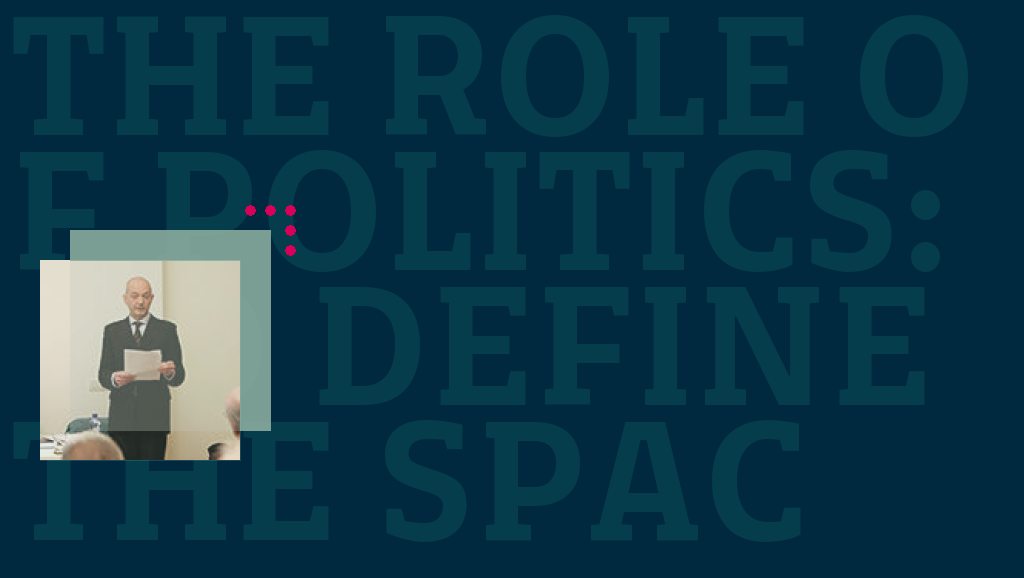This post is based upon my speech delivered at the Milan Challenges for Responsible Innovation event held on 23 January 2020. In it, I would like to offer my own interpretation of two aspects of Bassetti Foundation thinking and the approaches that they have led to, and outline some of the developments that led to the collaboration between René von Schomberg and myself (Jonathan Hankins) on the International Handbook of Responsible Innovation.
Bassetti Foundation
My first contact with the Foundation came in 2006, one of my first tasks being the documentation of a Bassetti Foundation sponsored week long retreat for young scholars with Bruno Latour.
My role was to take notes and photographs for publication on the website in order to add to what even at the time was a comprehensive archive of materials that document the working of the Foundation.
Today, during our meetings and lectures in the Foundation’s meeting room, we find ourselves sitting in this archive. Books, photos, minutes from meetings and events, held in paper and digital form thanks to the untiring efforts of the staff. And not forgetting what came before, photos on the walls of Giannino Bassetti and the current Foundation premises when it was the Bassetti Family Textile Business office.
This archive represents the last 25 years work in promoting discussion, and more importantly action, related to the position and role of responsibility in innovation.
Today, as we know, the term Responsible Innovation is well known and used in policy fields, by funding agencies and within Universities. The network around the Foundation today is broad and varied, holding different positions and aims, but that was not the case 25 years ago, or even when I started more than a decade later.
Within this array of institutions, the Bassetti Foundation is certainly not typical. It is one of the very few independent entities, non academic, non governmental, and the only dedicated non-profit organization working in the field.
The Importance of the Setting
The Foundation sits in Milan within its own particular network and sphere of influence, one that I believe has led to its rather particular perspective upon responsibility and innovation. President Bassetti’s experience in politics, within local, regional and national government, have led to an approach that sees politics playing a fundamental role in both innovation and responsibility.
But it also sits here in the Milan that is made up of artisan workshops, high technology laboratories housed in structures built on land, that in other situations, might be merely used as the garden. A rich history of industrial and domestic design, the production of beauty as a goal. We can see these factors mirrored in the social construction of the Foundation’s particular approach.
The political and governance interests have driven thinking within the foundation to address the issue of responsibility from a leadership and governance perspective, while the influence of family business have led to addressing them from an implementation perspective. For the foundation, innovation is implementation, not discovery. But in innovation, implementation relates to newness, and untried approaches and materials, all of which brings risk, but also writes history.
Innovation brings risk, I am sure we can all agree on that, and so it requires political will if it is to be implemented. As President Bassetti argues, innovation not only requires a surplus of knowledge, but also a surplus of power to implement this knowledge. And as it contains risk, we come across questions of responsibility. Political responsibility.
From reading the newly published interview with President Bassetti in the International Handbook, I come to the following understanding: For the Bassetti Foundation, responsibility is impact on history. The role of politics is to define the space for responsibility while making history.
Still focusing on the Foundation approach, but moving away from politics, we also find the influence of the Milan family business work ethic, of design, Leonardo, la Botega, and the role of what we might call functional beauty.
A Place for Beauty
In an interview Bassetti once stated that ‘something that is beautiful cannot be irresponsible’. But such a statement requires some investigation. That seems to depend on what you would call beauty.
One of the aspects of the EU interpretation of how RI could be implemented rests upon project aims, sometimes described as working towards a mission. Within any broad and multifaceted mission, goals and parameters should be responsible, the methods responsible, and they should all work towards addressing pressing European issues. The mission aims are value-laden, these values implimented in fields such as environmental protection, healthy ageing and public welfare. But beauty is missing.
In an artisan setting beauty can also be a driving force however, but in order to understand how this relates to responsibility, we might have to think about how beauty is ascribed.
In a small workshop of skilled practitioners (in any field of production), decisions about the work or production processes are taken every day. Those working within the process share a social relationship within the workplace, but they also share a relationship of responsibility to the process.
We might imagine that experts share their skills, but also their opinions and philosophies during the development of projects, a distillation of which is then put into place during the production process.
From the start of the project (concept and design) to its final completion (the production of something), constant discussion has steered the process. A language has developed. Goals have been understood and shared.
A product. A piece of art. A robotic machine, an arco lamp, a supply chain, is it a piece of beauty that could justify Bassetti’s statement?
If we could see beauty as derived from a shared understanding of the process, then YES, his statement holds.
In a small workplace, skilled workers experience the learning process through immersion. The experience of working within a workplace allows them not only to learn the techniques necessary, but to also learn and share the reasoning behind the choices made during the process. These things are learned through practice, through participation, through living the workplace. It is non-documented tacit knowledge about how to approach work. The choices after all are not only material. They are value choices, their reasoning shared and understood.
Participants learn which material and value choices have to be made, and how the issues raised are resolved. They judge the correctness of their assumptions and answers. Were they fully justified? Were all the necessary questions asked? These are questions of responsibility.
Once the product is finished, they look at it together. They have a skilled vision, an insider view, they can see the process, its choices, its reasoning, the personal beliefs that went into these choices. They see not only the aesthetic beauty (if it is aesthetically beautiful), but they see the functional beauty of the choices that went into the process, the poetry, the philosophy, the skills, the reasoning.
And if it is flawless, within their capabilities and given all of the economic and time constraints, then it is beautiful. And this beauty, this shared understanding built through experience, could be seen as responsible. It is shared responsibility to the process.
After all, it’s either beautiful or it’s not. There is no grey area. Could that be an explanation for President Bassetti’s assertion?
The Role of the Network
If my argument holds, that the process is socially constructed in situ, through every day relationships, we must be able to see the same process at work here, driving the Foundation’s thinking and approach, steered through conversation within and through its network. If so all of those who participate influence it.
The Foundation approach and aims regarding the promotion of responsibility in innovation share a lot in common with my fellow Handbook Editor René von Schomberg’s ideas. The need to critique innovation as a good in itself, to address structural problems in how science is promoted, funded and evaluated, the shortfalls of a system that tends to use financial gain as a factor in research design, and the shared conviction that there could be other aims and goals.
The need for a radical rethinking.
The handbook that I was so privileged to work on, amply demonstrates the convergencies that many of us in our network have helped to guide. Several of the authors have visited the Foundation over the last 25 years, David Guston, Sally Randles and Bryan Wynne have all made multiple presentations here, as has René himself, our colleagues from AIRI in Rome are long time co-combatants, Erik Fisher, editor of the Journal of Responsible Innovation with whom we share an Editorial Board, Jack Stilgoe, and the many members of the Virtual Institute for Responsible Innovation, of which we are a Founding Institutional Member.
Details of all of these developments are freely available on this website, in the freely accessible archive in which all of us reading this post today can take our own place. Welcome.
Below some photos of the event in Bassetti Foundation:
—————

















